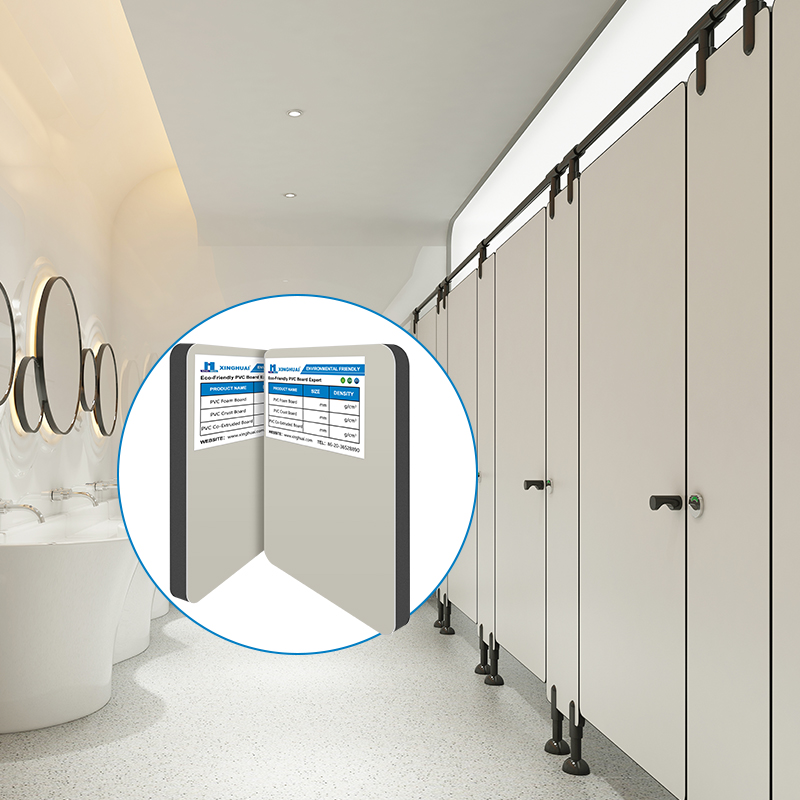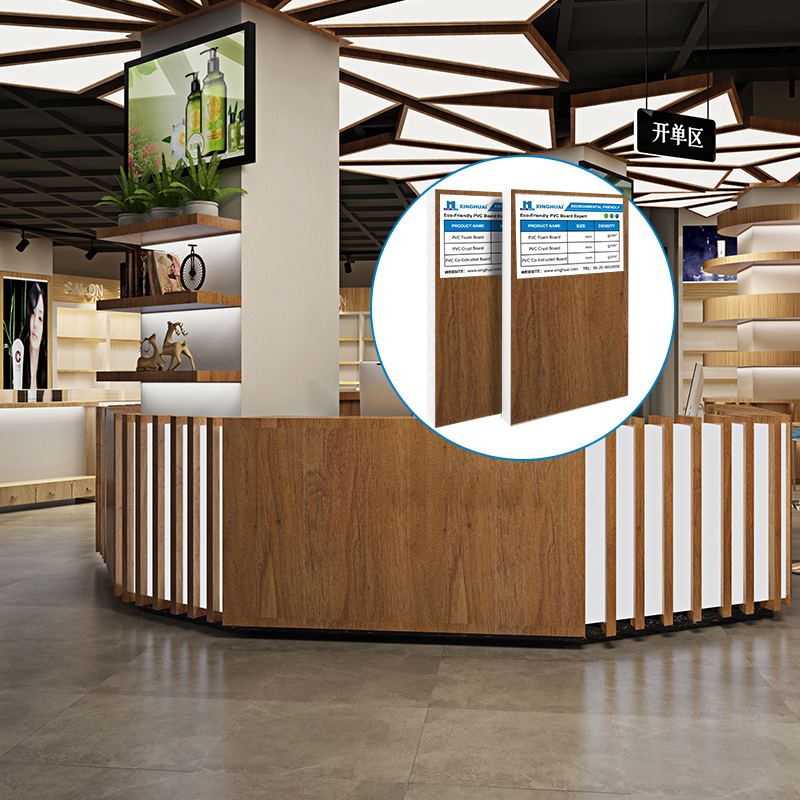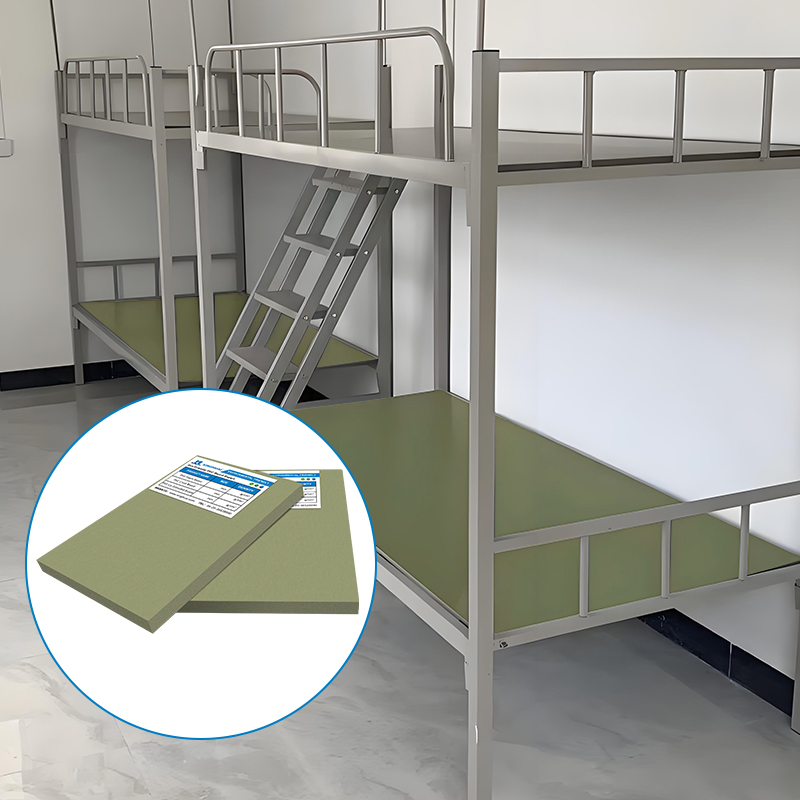Cutting Thin PVC Boards with a Utility Knife
For thinner PVC foam boards (up to 6 mm), a sharp utility knife is simple and effective:
Technique: Score along the cut line with firm, even pressure, then snap the board along the line.
Benefits: Minimal dust, quick setup, and clean, smooth edges on foam boards.
Using Power Saws for Thicker Boards and Large Panels
For thicker boards like pvc hard foam board or larger pvc foam panel sheets, power saws such as circular and table saws are ideal:
Circular Saw: A circular saw with a fine-toothed or carbide-tipped blade works well for thick boards, providing clean, smooth cuts without melting the edges.
Table Saw: For large panels, a table saw provides stability and precision. Set the guide for accurate measurements, and apply steady pressure to prevent chipping.
Cutting Curves and Decorative Edges with a Jigsaw or Router
For detailed or decorative cuts, jigsaws and routers are best suited:
Jigsaw: Ideal for curved cuts in pvc coated foam board, a jigsaw with a plastic-cutting blade will give smoother edges. Moving the saw slowly avoids overheating.
Router: To add smooth, decorative edges to boards like white pvc foam board, a router with a plastic-cutting bit can create rounded or beveled edges. Use multiple shallow passes to prevent damage.
These methods cover the main techniques for achieving precise cuts in pvc foam core board and other types, ensuring professional-quality results.




